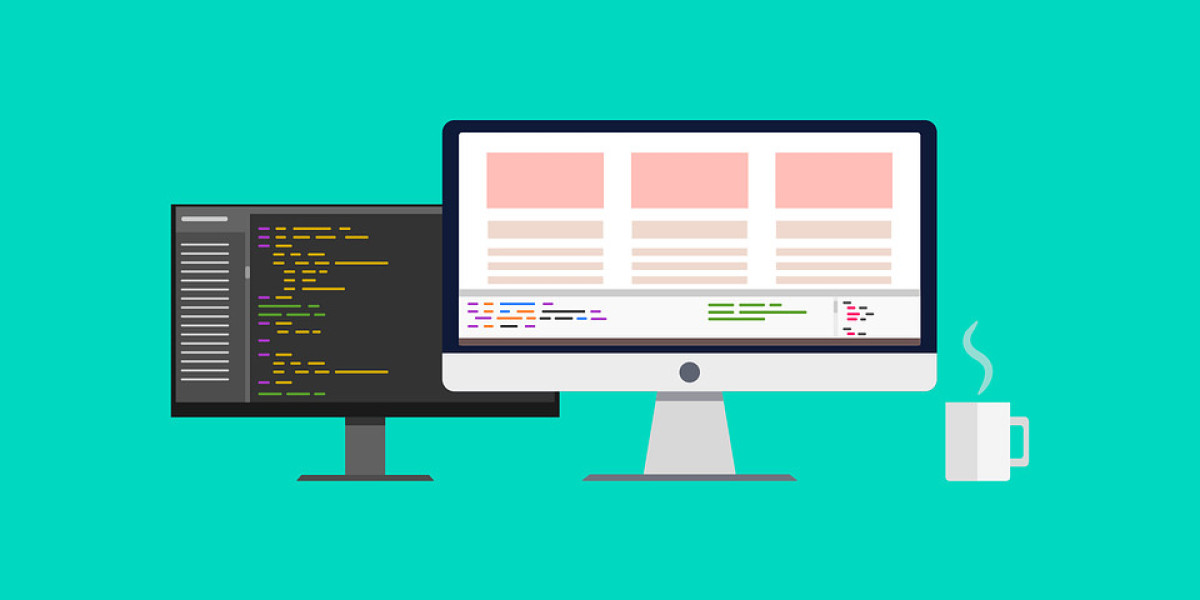In 2023, learning web development follows a similar path as in previous years, with some additional considerations due to the evolving technology landscape. Here's a step-by-step guide to help you learn web development:
Set your goals: Determine what you want to achieve with web development. Do you want to build static websites, create dynamic web applications, or specialize in a specific area like frontend, backend, or full-stack development? Setting clear goals will help you stay focused.
Learn HTML, CSS, and JavaScript: These three are the foundational technologies of web development. HTML provides the structure of web pages, CSS handles the visual presentation, and JavaScript adds interactivity and functionality. Start with these core languages to understand the basics of web development.
Explore frontend frameworks: Frontend frameworks like React, Angular, or Vue.js are widely used to build complex and interactive web applications. Choose one and dive deeper into its concepts, tools, and ecosystem. It's essential to understand JavaScript well before jumping into a framework.
Study backend technologies: To create dynamic web applications, you'll need to learn server-side programming languages and frameworks. Popular options include Python with Django or Flask, JavaScript with Node.js and Express.js, Ruby with Ruby on Rails, or PHP with Laravel.
Get familiar with databases: Understand how databases work and how to interact with them. Learn SQL for relational databases like MySQL or PostgreSQL, or explore NoSQL databases like MongoDB or Firebase. Connecting your backend with a database allows you to store and retrieve data for your web applications.
Learn about APIs and RESTful services: APIs (Application Programming Interfaces) are essential for integrating external services into your web applications. Understand how to consume APIs and how to design your own RESTful APIs for others to use.
Practice version control: Version control systems like Git are crucial for managing your codebase, collaborating with others, and tracking changes. Learn the basics of Git, including branching, merging, and creating repositories on platforms like GitHub or GitLab.
Experiment with cloud platforms and services: Cloud platforms like AWS (Amazon Web Services), Azure, or Google Cloud offer various services for web developers. Familiarize yourself with concepts like server deployment, scalability, and managing resources in the cloud.
Stay updated with web technologies: Web development evolves rapidly, so it's crucial to stay current with the latest trends, frameworks, and tools. Follow blogs, online communities, and tech news sources to keep up with industry updates.
Build projects and collaborate: The best way to reinforce your learning is by building projects. Start with small, manageable projects and gradually tackle more complex ones. Collaborate with other developers, participate in open-source projects, or contribute to online communities. Real-world practice and feedback will help you grow as a developer.
Continuously learn and adapt: Web development is a field that constantly evolves. Keep learning new languages, frameworks, and technologies to stay relevant and improve your skills. Attend workshops, webinars, conferences, or enroll in online courses to expand your knowledge.
Remember, web development is a vast field, and it's important to stay patient, persistent, and practice regularly. Building a strong foundation and gradually expanding your knowledge will help you become a proficient web developer in 2023 and beyond.



